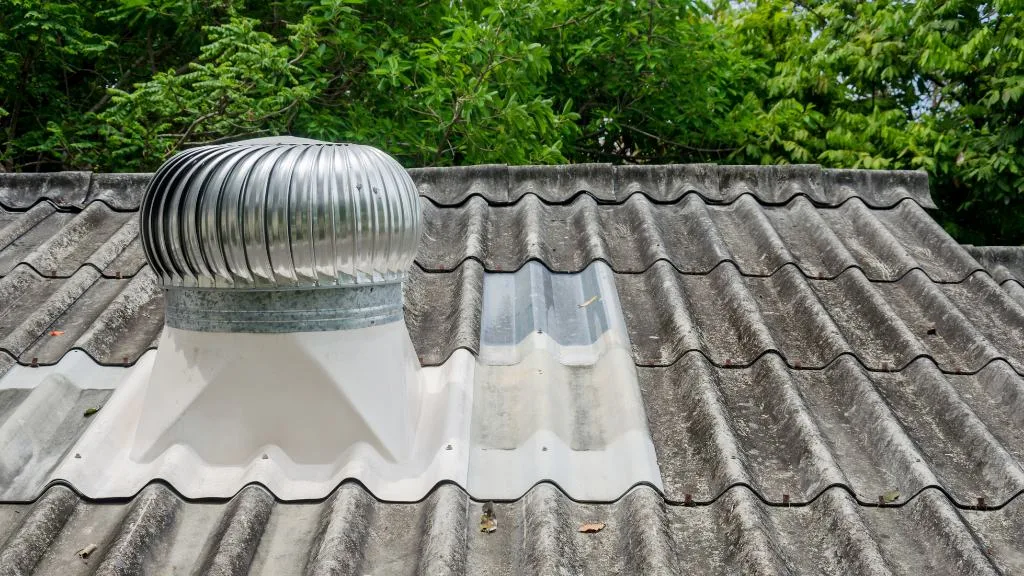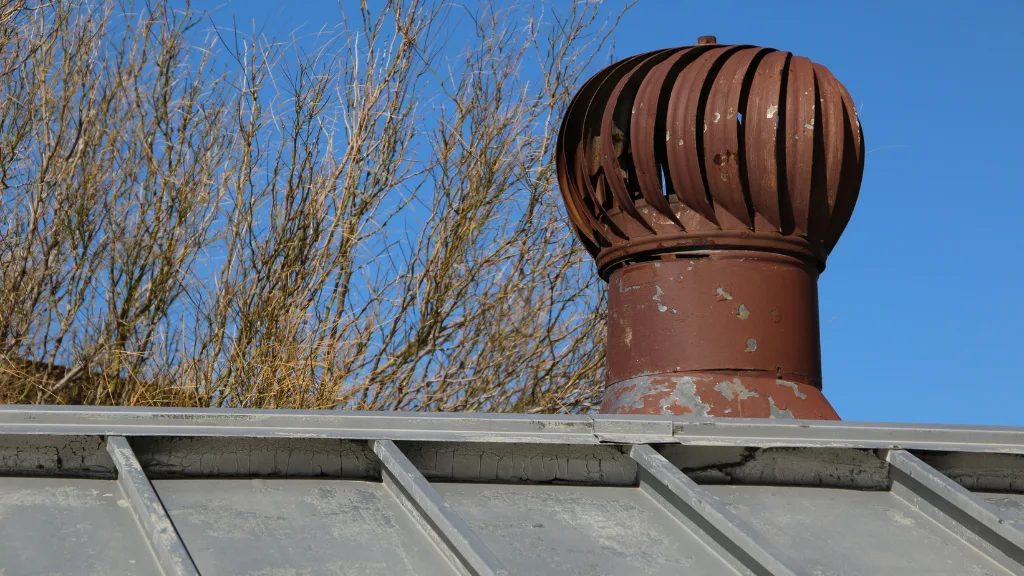
In many cases, a home’s roof is the most important part of the house. It protects your family from the elements and it also makes sure that you are living in an energy efficient space.
When it comes to making sure that your roof is up to date, there is one thing that you should know about: vent turbines.
Vent turbines help keep air flowing through your HVAC system by pushing hot air out of your vents and pulling cool air back in. This can result in significant savings on cooling costs for homeowners!
So What Are Vent Turbines?
Vent turbines or turbine ventilators are small, cylindrical fans that can be installed in the roofline of your home. They have a special design that allows them to work with your HVAC system and push air through vents while also pulling new air into the ventilation ducts.
While vent turbines are most commonly used in homes with central air, they are also beneficial for homeowners who use an HVAC system.
Roof vents are an integral part of any residential or commercial building that is heated or cooled. They allow air to escape for the atmosphere, while allowing fresh air into your home.
How Does it Work?
The turbine roof ventilator uses energy from wind to bring in fresh air and make your ventilation more efficient. When installed on a rooftop structure, these turbines can ventilate your home more efficiently than conventional fans.
They can also reduce air conditioning costs by redirecting warm air down and out of the structure, while bringing in cool air from below it.
Turbines make use of a chimney effect to quickly ventilate homes, but they only work when there is wind. This makes them a nice supplement to existing ventilation, but not a replacement.
Because of the inconsistent nature of wind power, you should not rely on turbines alone to ventilate your home or business.
The optimal way to use these turbines is in tandem with an air exhaust system that does not rely at all on natural breezes. In addition, any rooftop turbine ventilator that you choose should be tested and certified by the National Wind Technology Center.
Making use of rooftop turbines to ventilate your business or home is a great way to add clean, natural ventilation without sacrificing energy efficiency.
However, while these turbines certainly help with ventilation, they should not be relied upon as an alternative or replacement for an exhaust system.
When used in conjunction with an exhaust system that is not reliant on wind for power, rooftop turbines can help keep your business or home well ventilated at all times.

How Can Vent Turbines on Your Roof Save You Money?
Many homeowners assume that the only way to save money on their energy bills is by switching to solar power or purchasing more efficient appliances.
While these methods can be very effective when executed properly, vent turbines can save you money by allowing your HVAC system to work more efficiently.
Roof vent turbines are small wind turbines that are attached to the outside of a building, usually on the roof.
The round vent holes on the sides of most buildings can be ideal locations for roof vent turbines, but there are limitations in how much energy the turbine is able to produce.
There are two main ways that roof vents can save you money: they reduce your reliance on electricity from the grid, and they improve the efficiency of your air-conditioning system.
Reducing Reliance on Electricity from the Grid
The electrical power grid has many drawbacks – it is costly, its production is not always reliable, and it negatively impacts the environment.
In some areas, electric companies pay their customers to use as little of their product as possible because they cannot produce enough electricity to meet demand.
You can reduce your reliance on electric power by purchasing solar panels or wind turbines that will help you generate your own electricity.
Roof vent turbine systems are generally not powerful enough to provide all of the energy that you need, but they can supplement your solar or wind power to help you save money on electricity.
Reducing the Need for Air Conditioning
If roof vent turbines are placed near air conditioning vents, they can reduce the amount of electricity needed to cool a building in several ways.
First, cold air is heavier than hot air – it sinks to the bottom and naturally flows out of the vents.
Second, roof vent turbines can actually push air out of the building through its own force, making it unnecessary to use electricity to circulate air through your vents or add more hot or cold air using a fan.
Reducing Air Conditioning Costs During Peak Hours
Electric companies often charge more for the electricity that you use during peak hours of demand.
For example, if everyone in your city gets home from work and turns on their air conditioners at the same time, the power grid will not be able to handle that high demand and will need to start powering up special generators that can produce more electricity – these are called “peaker” generators.
The electricity from these peaker generators costs more than the standard grid power, which means you will have to pay more for your electricity during peak hours if your area uses them.
If roof vent turbines help reduce the use of air conditioners in general, they can save you money by preventing you from using “peak” power when it is more expensive.
When installing a roof vent turbine, it is important to make sure that the roof vents are not already being partially blocked by snow or other obstructions.
If they are too close to each other, they will not be able to push enough of the hot air out of your building and you will waste money on electricity.
You should also avoid placing them too close to the edge of your roof – if they get too much wind, they can be propelled off of your roof and cause damage or injury.
Getting the Most out of Vent Turbines
There are a few ways that homeowners can ensure they are getting the most from their vent turbines:
- Use them in conjunction with an air purifier
- Make sure vents throughout your home are open
- Be sure to replace your air filter every three months
- Increase the airflow of your vent turbines by cleaning them regularly
Finding an Ideal Vent Turbine
So how do you find out if you have the ideal conditions for a vent turbine? There are two easy ways to calculate your chances:
Evaluate Your Roof Vents – If your roof vents are not too small, shaded by other buildings or objects, and do not get blocked by snow in the winter, you probably have the ideal conditions for roof vent turbines.
Calculate Your Savings – find an online calculator that allows you to input information about your home, including its size, orientation, and average wind speed.
Some calculators will even allow you to use a map of your area as a reference so that you can factor in the difference between your roof and the roofs of nearby buildings.
Roof vent turbines have limitations, but they are a great way to cut down on electric bill costs while saving money and improving air quality.


